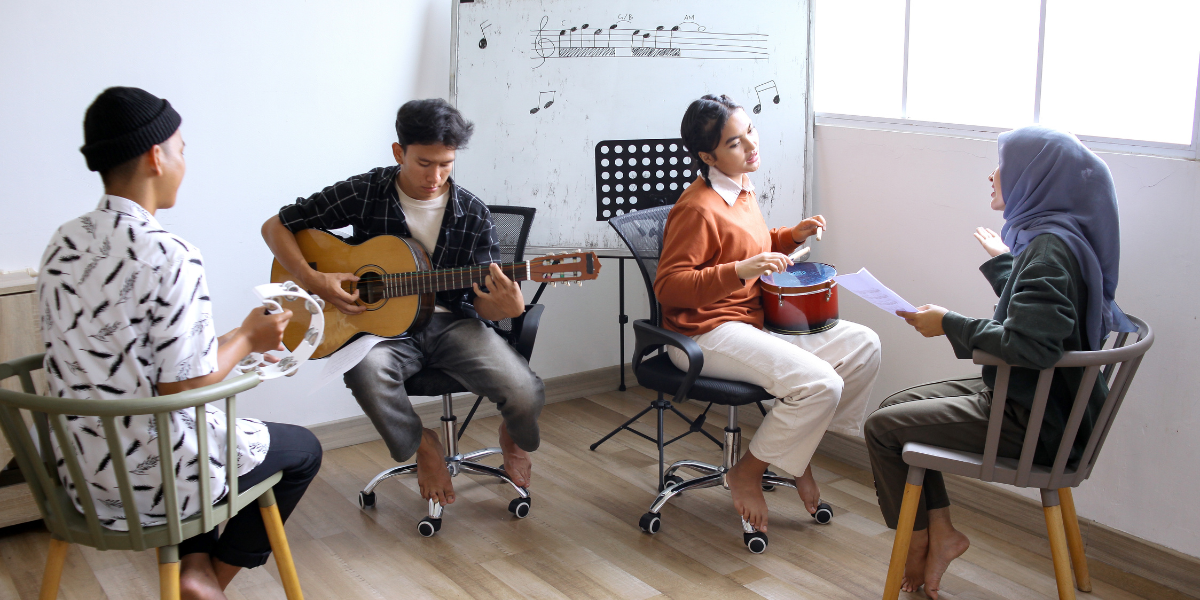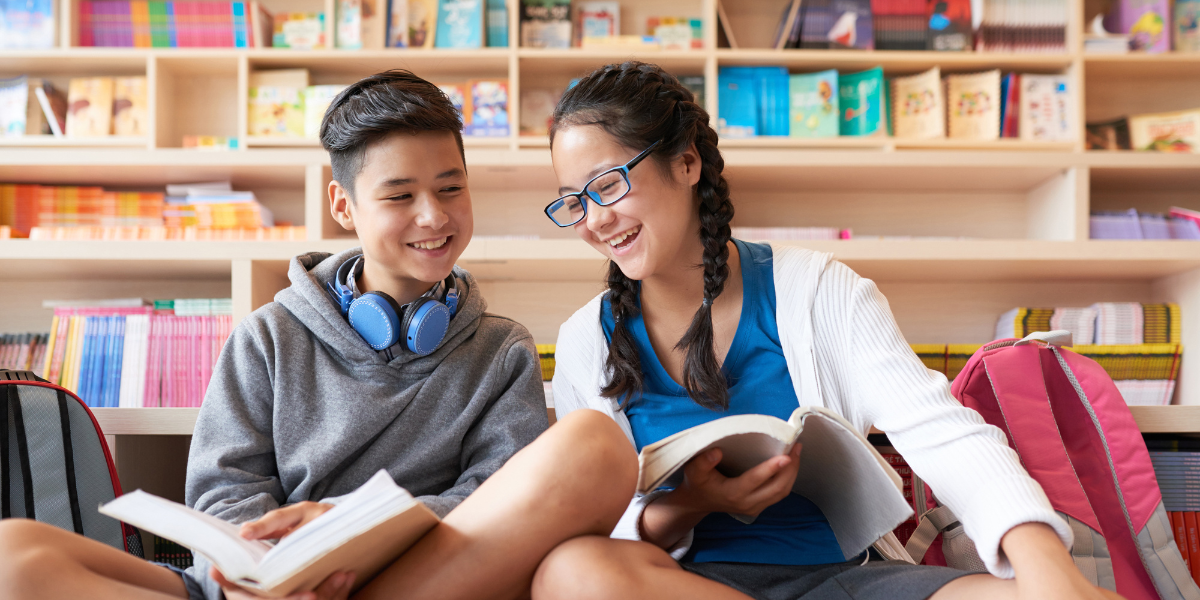How an Interest in Learning Drives Student Success: A Parent’s Guide
The impact of interest in learning goes beyond simple curiosity about a subject. When students develop a genuine interest in learning, education transforms from a task into an engaging journey. An easy example is substituting interesting objects (like nail polish or Lego pieces) as countable items for your young one to grasp simple math concepts. This is a great example that shows how personal connection sparks understanding.

Natural Learning in Early Childhood
Watch a toddler fascinated by trucks and cars – they’ll spend hours exploring their toy vehicles. Many speak their first words about these beloved objects, identifying dump trucks and car models before mastering full sentences. This natural curiosity demonstrates children’s remarkable capacity to learn about subjects that capture their attention.
Elementary Years: Deep Dives into Passion Projects
Elementary school often brings an intense focus on specific subjects like dinosaurs or horses. Children eagerly absorb complex dinosaur names before reading fluently, driven by genuine interest in learning. This natural process shows our brain’s incredible capacity when fueled by curiosity.
Teenage Years and Beyond: Keeping the Spark Alive
While younger children naturally pursue their interests, teens face more structured learning requirements. Parents and educators should connect abstract concepts to students’ existing interests – just like the nail polish math example shows. This approach maintains an interest in learning through challenging academic years.

Nurturing Student Engagement
Educators and parents can spark curiosity by:
- Connecting abstract concepts to students’ existing passions
- Presenting information through engaging storytelling
- Providing one-on-one support through tutoring
- Creating personalised learning experiences
Individual attention from parents or tutors helps incorporate student interests into new subjects. This approach works for learners of all ages – when we develop genuine curiosity, learning becomes a lifelong journey.
Ready to transform your child’s learning experience? Contact School is Easy and discover how our personalised tutoring approach can ignite your child’s passion for learning.











